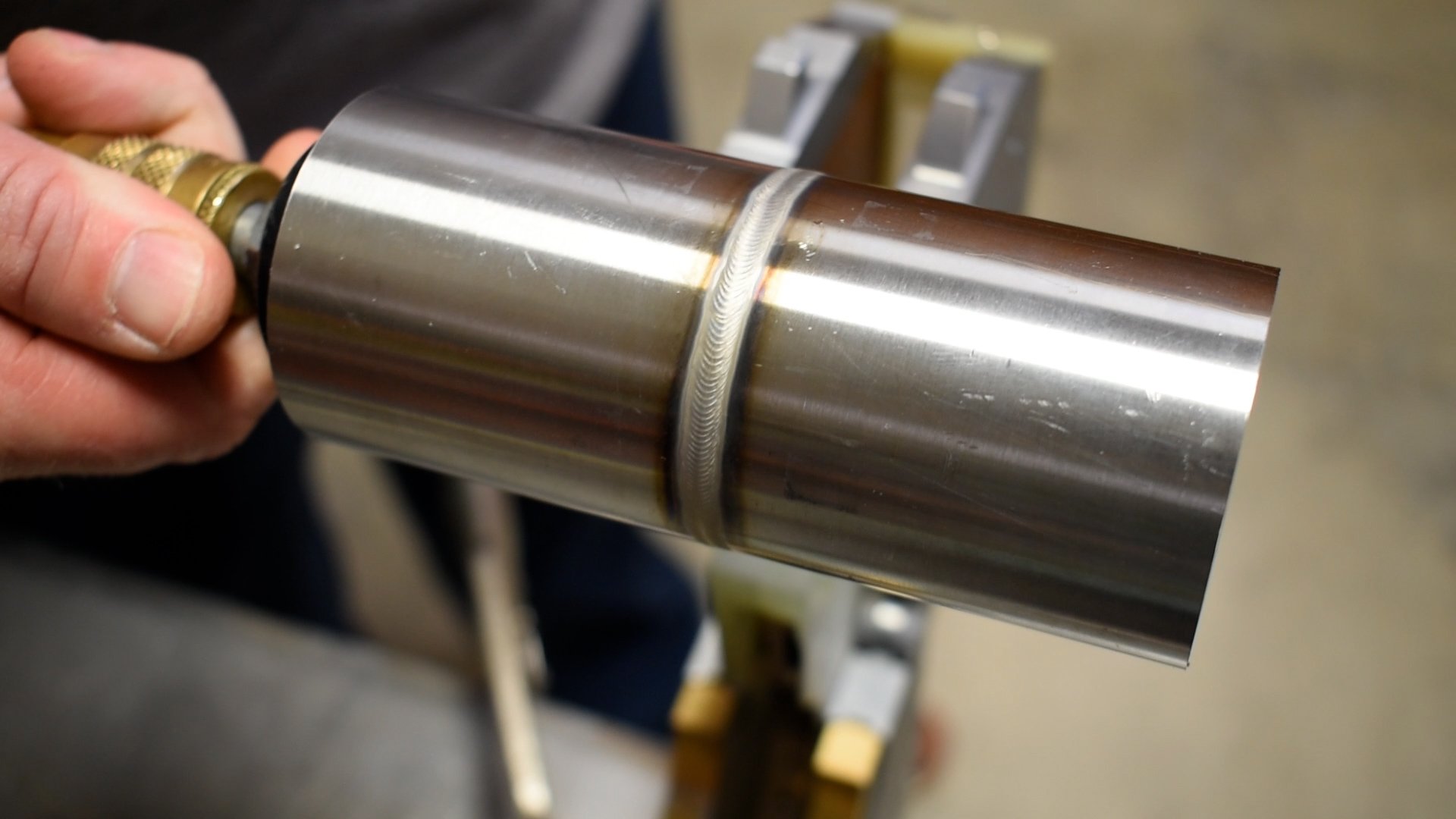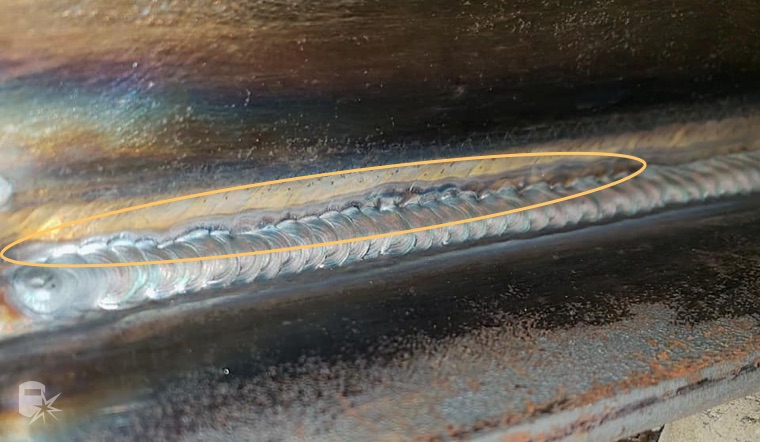Preventing Weld Undercut Made Easy: Secret Techniques Introduced
Preventing Weld Undercut Made Easy: Secret Techniques Introduced
Blog Article
Comprehending the Causes and Solutions for Undercut Welding in Steel Manufacture Procedures
In the realm of metal construction procedures, the event of undercut welding poses a considerable difficulty that requires a thorough understanding of its reasons and sensible solutions. The elaborate interplay of different elements during welding operations can result in this unfavorable phenomenon, impacting the structural integrity and overall quality of the welded joints - Preventing weld undercut. By dissecting the source of undercut welding and discovering efficient restorative procedures, producers can raise the standard of their workmanship and ensure the manufacturing of remarkable metal components
Common Root Causes Of Undercut Welding
Regularly ignored in metal fabrication, undercut welding takes place as a result of different factors that require careful interest and know-how to be successfully reduced. One usual root cause of undercut welding is excessive heat input. When the warmth input is too expensive, it can lead to the melting and succeeding disintegration of the base material along the sides of the weld joint, creating a groove or undercut. In addition, incorrect welding strategies, such as utilizing the wrong welding angle or take a trip speed, can likewise contribute to damage formation. Insufficient securing gas coverage is another vital element that can cause undercutting. Not enough gas protection falls short to protect the weld swimming pool effectively, resulting in oxidation and undercut issues. The selection of welding parameters, such as voltage, present, and cable feed rate, plays a significant function in the incident of undercut welding. Comprehending these usual causes is essential for implementing preventive actions and making sure high-grade welds in steel fabrication processes.
Impact of Incorrect Welding Parameters
Incorrect welding specifications can dramatically compromise the integrity and quality of welded joints in metal construction procedures. The effect of wrong welding criteria shows up in numerous means, leading to architectural weak points and issues in the bonded parts. Thorough focus to welding criteria is extremely important to make certain the manufacturing of high-quality welds with the wanted mechanical properties and architectural honesty.
Result of Improper Lantern Angle
Improper lantern angle in welding operations can significantly influence the high quality and integrity of the final weld joints in metal fabrication processes. Damaging is a typical welding problem where a groove creates along the weld toe, weakening the joint and compromising its structural integrity.
A torch angle that is as well high can result in not enough penetration, incomplete fusion, and raised spatter. On the other hand, a lantern angle that is too superficial can cause extreme infiltration, burn-through, and distortion of the base product. Preventing weld undercut. Correct torch angle is crucial for guaranteeing constant weld top quality, strength, and appearance
To avoid undercutting and other flaws brought on by inappropriate lantern angles, welders should be trained to preserve the proper torch angle throughout the welding process. Regular tracking and change of lantern angles during welding can help accomplish sound welds with very little issues.
Duty of Inadequate Welding Techniques

One more element of poor welding strategies is inappropriate weld prep work. Poor cleaning of the base steels, inaccurate joint design, or insufficient edge prep work can all add to damage welding. Insufficient protecting gas protection or using the wrong type of gas can result in insufficient blend and the development of undercut flaws.
To attend to the function of inadequate welding techniques in steel manufacture procedures, it is necessary to supply detailed training for welders. Appropriate education on welding parameters, joint prep work, and protecting gas selection can aid protect against undercut welding and make sure top notch welds in metal manufacture projects.
Efficient Solutions for Undercut Welding
Dealing with undercut welding in steel manufacture requires applying efficient options to improve weld quality and structural integrity. Among the key options to combat undercut is to readjust welding specifications such as voltage, present, and take a trip speed to ensure appropriate heat input and combination. By fine-tuning these settings, welders can stop excessive melting of the base steel next page and filler material, minimizing the likelihood of undercut development.
Additionally, appropriate joint prep work is vital in avoiding undercut. Making certain clean base metal surface areas without impurities and using the suitable bevel angle can assist advertise better weld infiltration and lower the risk of undercut - Preventing weld undercut. Utilizing ideal welding techniques, such as oscillating the lantern or weaving, can also help in dispersing warm equally and filling the weld joint sufficiently, decreasing the possibility of undercut problems
Moreover, picking the proper welding consumables, including electrodes and filler metals, is vital in alleviating undercut. Utilizing products with ideal chemical compositions and mechanical residential properties can add to attaining audio welds with marginal undercut. Normal inspection and quality control measures ought to also be implemented to spot and deal with undercut problems quickly, guaranteeing the general integrity of fabricated steel parts.

Verdict
To conclude, comprehending the causes and solutions for undercut welding in steel manufacture procedures is important for accomplishing premium welds. By dealing with common reasons such as inaccurate welding parameters, inappropriate lantern angle, and insufficient welding techniques, welders can protect against damaging and guarantee strong, sturdy welds. It is necessary to take note of these factors and apply efficient remedies to boost the general welding procedure and last item quality.

Report this page